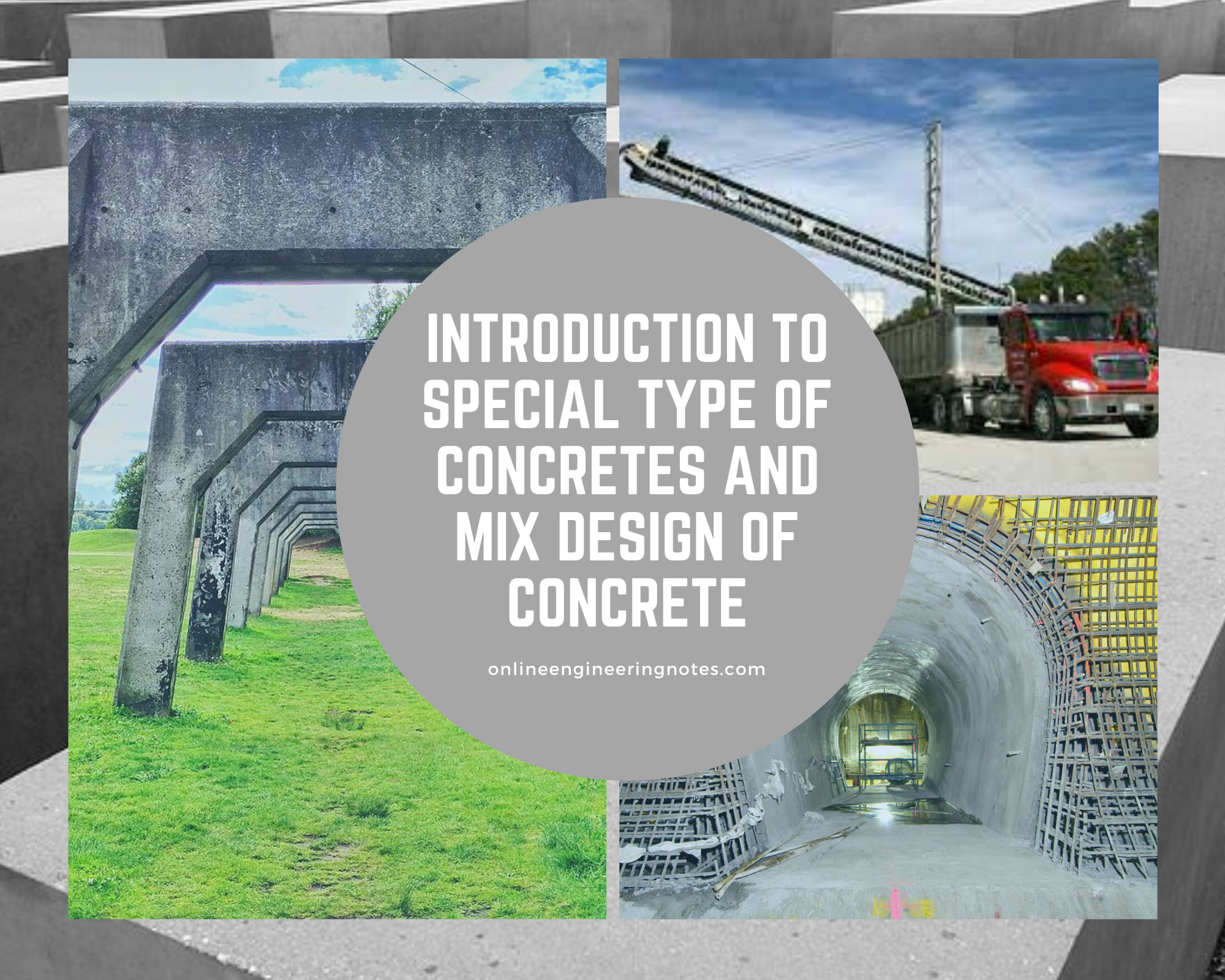1.1 Light weight concrete
- Mixture made with light weight coarse aggregate such as shale, clay or silt giving low density.
- The density of light weight aggregate is less than 1200 kg/m3.
Merits:
- Minimize the dead load of the building.
- Simple to handle which decrease the cost of transportation.
- Enhances workability.
- Thermal conductivity decreases.
- Stronger and more durable.
Demerits:
- Sensitive to amount of water used in mix.
- Due to porosity and angular aggregate placing and finishing is difficult.
1.2 Aerated concrete
- Light weight concrete prepared by introducing large volume of air into the slurry of cement (with or without lime), fine sand and water.
- No coarse aggregate is used.
- Also known as gas/foam/ cellular concrete.
Merits:
- Low density of 800 kg/m3.
- Low thermal conductivity.
- Ensure sound proofing ten times better brick thickness.
- Fire resistant.
- Environmentally friendly.
Demerits:
- Production cost is high.
- Extra care during manufacture.
- Strength reduce in wet condition.
1.3 No – fines concrete
- Obtained by eliminating fine aggregate in mix concrete.
- There is no voids in coarse aggregate during making of no fines concrete.
Merits:
- Density is low.
- No seggregation is found.
- Shrinkage is lower than normal concrete.
- Formwork can be removed earlier.
- Gives better and attractive appearance.
Demerits:
- Low strength.
- Cannot be used in reinforced concrete structure.
- Consistency cannot be measured.
1.4 High density concrete
- Concrete with high density greater than 3360 kg/m3.
- Used for radiation shielding.
Merits:
- Easy to construct.
- Good chemical resistance.
- Cheap.
- Offers more strength.
Demerits:
- More space required.
- Weight of concrete is high.
1.5 Fiber reinforced concrete
- Produce by uniformly dispersing suitable type of discontinous and discrete fibre in mixture of concrete.
Merits:
- Improves impact strength of concrete.
- Resistance to plastic shrinkage.
- Reduce seggregation.
Demerits:
- Lack of tensile strength.
- Not environmentally friendly.
1.6 Self compacting concrete
- Ability to flow under its own weight to fill the required space or formwork completely and produce dense and homogenous material without need of vibrating compaction.
Merits:
- Faster construction and requires less manpower.
- No need to use vibrator.
- Economic.
- No seggregation and bleeding.
Demerits:
- Highly skilled worker required.
- More costly than other conventional concrete.
1.7 Shotcrete
- Concrete with small sized coarse aggregate is conveyed through a nose and pneumatically projected at high velocity onto a surface as a construction technique.
- Used in curved surface.
- Best for construction of tunnel, domes etc.
Merits:
- Reduce manpower.
- Economical.
- Easily control w/c ratio.
- Maintence cost is less.
Demerits:
- Material wastage high in compare to conventional concrete method.
- High skill manpower required.
1.8 Introduction to nominal mix and design mix
Nominal mix:
- Nominal mix specifies the fix proportion of cement, sand and aggregate.
- Ingredient of concrete are mixed on the basis of volume.
- Used for M20 or less strength of concrete.
- Nominal mix, proportion and use are given below:
| Grade of cement | Nominal mix proportion (C:S:A) | Use |
| Lean concret (M5 & M7.5) | [1:5:10 & 1:4:8] | Provide uniform surface to the foundation concrete and prevent direct contact with soil. |
| Ordinary grade of concrete (M10, M15 & M20) | [1:3:6, 1:2:4 & 1:1.5:3] | PCC, PCC & RCC ( for beam & slab) |
| Standard grade of concrete (M25) | [1:1:2] | RCC (for slab, beam & column) |
Design mix:
- Process to prepare concrete by testing all necessary properties.
- Used for M25 & above grade of cement.
1.9 Probabilistic concept in mix design approach
- The strength of concrete depends upon the quality of material and the constructional methods being used.
- Variability in quality or construction method cause variation in strength.
- The strength of concrete is determined through cube specimen varies with the size of the cube.
- The strength of specimen increases with decrease in size.
- If large number of cube strength test result are plotted on histrogram the result are found to follow bell shaped curve known as normal distribution curve.
From the curve,
Mean strength (Fm) = ΣX/N
Standard deviation (S) = [Σ(x – x̄)2 / (n – 1)]1/2
Where,
N or n = Number of test of specimen
Characteristics strength:
- Defined as the level of strength below which a specified proportion of all valid test results is expected to fail.
Characteristics strength (Fck)
Fck = Fm – 1.65S
Coefficeint of variation (V):
V = (S/Fm) * 100
References:
- Dayaratnam, P. Brick and reinforced brick structure.
- Neville, A.M. Properties of Concrete. England: Pearson Education Limited.
- Hendry, A.W., Sinha, B.P. & Davies, S.R. Design of Masonry Structure. London: E & FN Spon.

